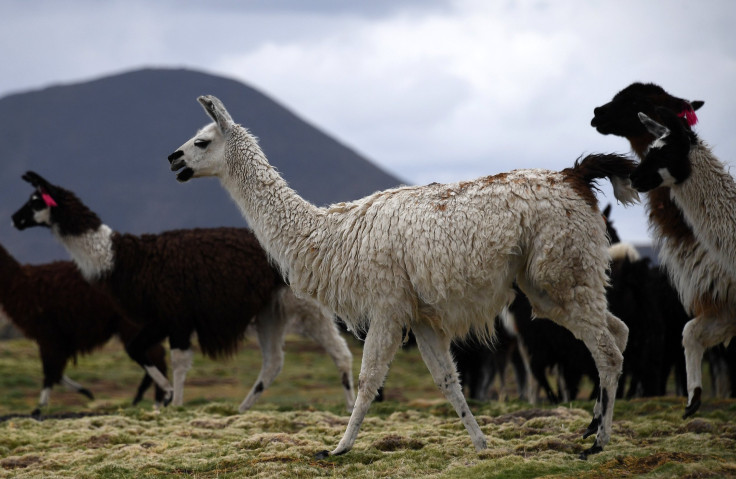Coronavirus Treatment: Llama Antibodies Could Prevent COVID-19 Infection, Study Reveals

KEY POINTS
- Scientists in Belgium suggest antibodies in the blood of one of their llamas can prevent persons injected with it from contracting COVID-19
- There is no prophylactic of this kind anywhere in the world
- This therapy will be a major breakthrough if validated in human clinical trials
Another front in the fight to find therapies for COVID-19 is being spearheaded by the unlikeliest of heroes — a 4 year-old female llama from Belgium named Winter.
It's not this camelid, per se, that's important in the fight against COVID-19. It's the antibodies in her blood. A research team had previously injected Winter with the virus that caused the 2002-2003 SARS epidemic and MERS.
They then tested a sample of her blood and found two potent antibodies that each fought separately against MERS and SARS. There was no COVID-19 pandemic when they began to write the study detailing this effort.
When COVID-19 burst onto the scene in December 2019, the team immediately realized the smaller llama antibodies in Winter's blood “that could neutralize SARS would very likely also recognize the Covid-19 virus,” said Dr. Xavier Saelens, a molecular virologist at Ghent University in Belgium and an author of the new study published in the journal, Cell.
They found Winter's antibodies could, in fact, do precisely that while effectively inhibiting SARS-CoV-2 (severe acute respiratory syndrome coronavirus 2), the virus that causes COVID-19, in cell cultures.
Their study now suggests the antibodies from Winter's blood can be used as a prophylactic treatment (and not a cure) for COVID-19 that prevents healthcare workers, or anyone else, from contracting the disease. The antibodies are injected into a person not yet infected to protect them from SARS-CoV-2.
The treatment’s protection is immediate. Its effects aren't permanent and last only a month or two without additional injections. But it's a massive breakthrough and if validated in human clinical trials, will open the door to the first therapy that can prevent COVID-19.
Dr. Saelens, however, said more studies are needed to verify the safety of injecting a llama’s antibodies into human patients.
“There is still a lot of work to do to try to bring this into the clinic,” said Dr. Saelens to The New York Times. “If it works, llama Winter deserves a statue.”
Dr. Jason McLellan, a structural virologist at the University of Texas at Austin, said the team didn't start out by specifically trying to find a cure for COVID 19. The original aim of their study was to find a smaller llama antibody “that could broadly neutralize many different types of coronavirus" such as SARS and MERS.
Llama antibodies can be linked or fused with other antibodies, including human antibodies, and remain stable despite those manipulations.
Winter participated in a series of virus studies involving SARS and MERS. Finding her antibodies resisted those infections, the scientists theorized the same antibodies might also neutralize SARS-CoV-2. A bevy of tests later confirmed their theory.
© Copyright IBTimes 2024. All rights reserved.





















